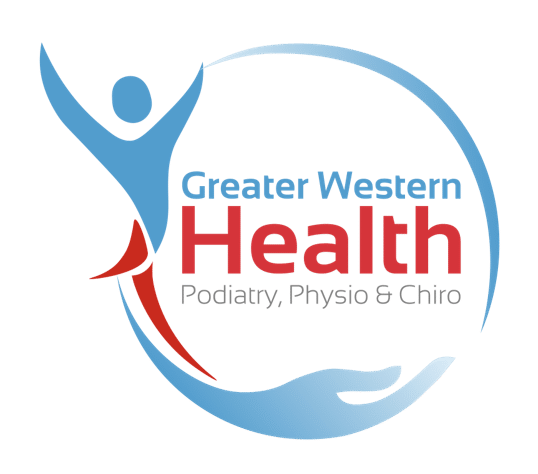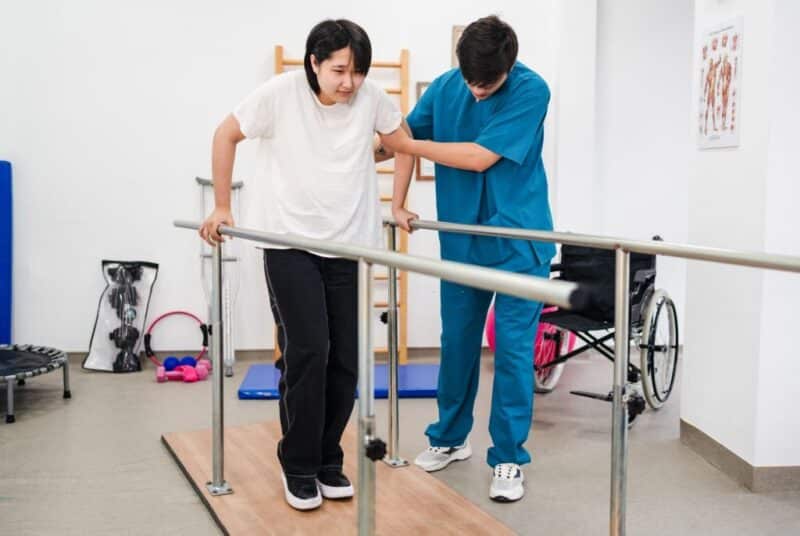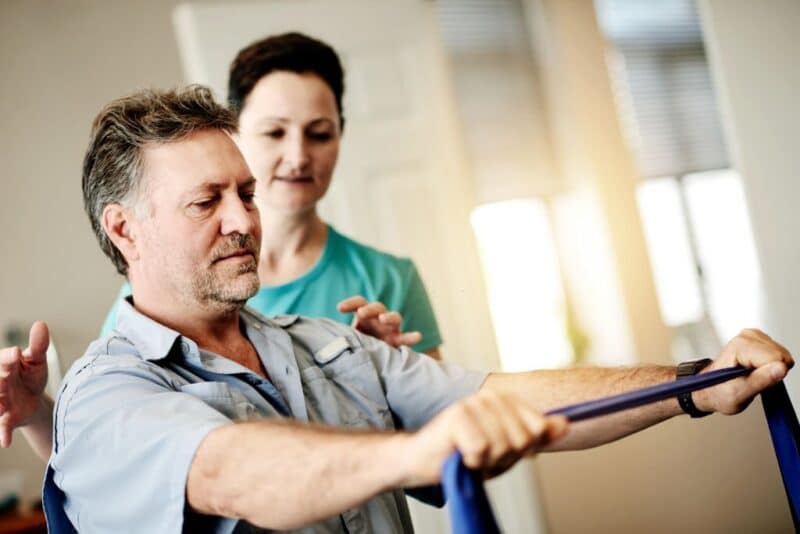Workplace rehabilitation is a process that allows sick or injured employees to promptly and safely return to work. It involves cooperation between the employee, their employer, and a company that offers workplace rehabilitation to facilitate this.
The purpose of workplace rehabilitation is to lessen the impact of the illness or injury and the way it impacts the employee’s ability to continue with their duties, while also supporting them along the way.
How Workplace Rehabilitation Works
The process of workplace rehabilitation often starts with an evaluation of the injured employee’s illness/injury and functional capabilities. Using the results of this evaluation, a customised rehabilitation program is created to meet the needs of the employee. The rehabilitation program may also include occupational therapy, physical therapy, and counselling.
The provider of workplace rehabilitation will also collaborate with the employee’s employer to determine appropriate tasks that the employee may carry out while they are recovering and undergoing rehabilitation.
Benefits of Workplace Rehabilitation
Workplace rehabilitation has several advantages for employees. Workplace Rehabilitation can assist employees to:
- safely return to work in a prompt manner.
- lower the likelihood of new injuries or illnesses
- improve their general quality of life.
For employers, Workplace Rehabilitation can help to:
- reduce the costs associated with illnesses and injuries at work.
- raise productivity and morale among employees
- keep on talented personnel.
- reduce turnover and absenteeism.
Step-by-Step Guide to Workplace Rehabilitation
- Assessment: Assessment of the employee’s illness or injury and functional capacities is the first stage in workplace rehabilitation. A workplace rehabilitation specialist, such as a physical therapist, occupational therapist, or career counsellor, will conduct this assessment.
- Development of a Rehabilitation Plan: The workplace rehabilitation provider will create a customised recovery plan that is tailored to the employee after the assessment has been completed. The goals and needs of each worker will be taken into account in this plan. The approach could involve yoga, physiotherapy, chiropractic care, and podiatry.
- Implementation of the Rehabilitation Plan: Implementing the rehabilitation plan is the next stage. This could entail working with a physical therapist to increase the employee’s range of motion and strength or with an occupational therapist to learn safe work practices.
- Return to Work: The main objective of workplace rehabilitation is to assist the employee in returning to work as soon and as safely as possible. The employer and the workplace rehabilitation provider will collaborate to determine appropriate tasks that the employee may carry out while recovering. The supplier of workplace rehabilitation could also assist in changing the employee’s job responsibilities.
How to Get Started with Workplace Rehabilitation
To get started, the first step would be to discuss workplace rehabilitation with your employer if you are injured or unwell. This will allow you to find a suitable workplace rehabilitation provider to commence the process.
If you’re an employer looking for information on workplace rehabilitation programs, speak to the team at Greater Western Health.






